#aplos
Explore tagged Tumblr posts
Text
it’s honestly painful seeing the annual ‘are aros/aces/apls valid’ argument get kicked up every year. right before pride month too??
#i think it’s a stupid argument frankly#and to put this on record. any aspec individuals are safe on my blog#im not going to argue on this#and anything negative I see is going to be removed y’all can have that argument someplace else#I think it’s important to discuss LGBTQ issues !#but the validity of someone’s identity as aspec?#bullshit#aspec#aromantic#asexual#aplatonic#lgbtqia#queer community#I apologize if I’m adding on to the negativity but I need all of my fellow aspecs to understand they don’t need to defend themselves#not like this at least#prox.talk#aro#ace#hey ty anonymous for correcting me#i abbreviated aplotonic as aplo instead of apl#apl
23 notes
·
View notes
Text
youtube
this is ur friendly reminder that the band aplo absolutely SLAPS and you should listen to them
#junk drawer of wonders#this is my fav song of theirs#(its the one on my blog)#but tbh all of them are great#aplo#Youtube
0 notes
Text
I see at least one cool bug a day, and usually many more, but it’s not because I live anywhere particularly rich in strange, wonderful creatures (I live in an unremarkable corner of Pennsylvania, USA) or spend all of my free time looking for bugs (well, just *most* of it). in my experience, finding interesting bugs is less about actually locating them and more about looking closely at tiny things you’d otherwise ignore!
this very long post was compiled over a couple days in late July, although I spent less than 10 minutes at a time searching. there’s a lot of fun creatures just out in the open.

plants are always a good place to start when looking for bugs, and I chose this small fig tree (Ficus carica) with a mulberry sapling friend. feeding on the sap of the fig and mulberry is the first group I’ll take a look at, the planthoppers:

these two are flatid bugs, Metcalfa pruinosa and Flatormenis proxima. flatids are slow-moving bugs that can be approached closely, but once they get tired of circling around stems to avoid you they may launch themselves into a fluttering flight with spring-loaded rear legs.
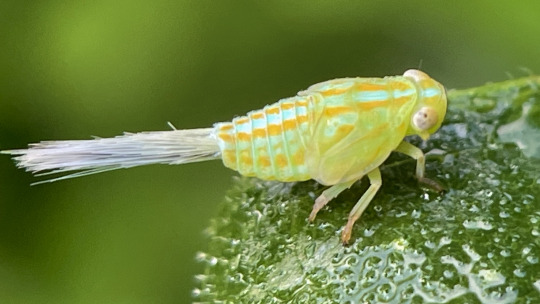
Aplos simplex, a member of the related family Issidae, also likes fig sap. its “tail” is actually a tuft of waxy secretions, which get shed along with the bright colors when it assumes a lumpy, bean-shaped adult form.
cicadellids, or leafhoppers, are just about everywhere on plants, but can be hard to approach without scaring them.
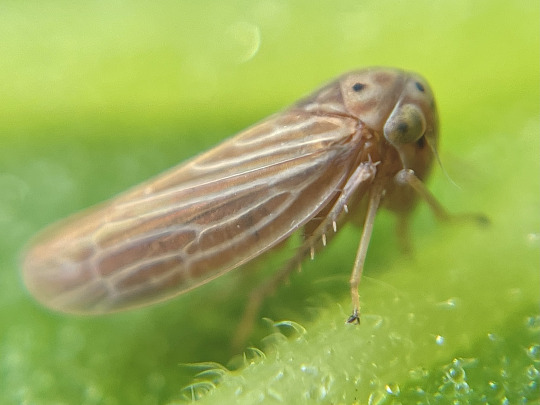

Agallia constricta on the left is a tiny species that feeds on grass, but many were scared up onto the fig by my footsteps. Jikradia olitoria is a much larger species that does feed on the fig; juveniles like this are curled, creeping goblins while adults’ rounded wings give them a pill-shaped appearance.
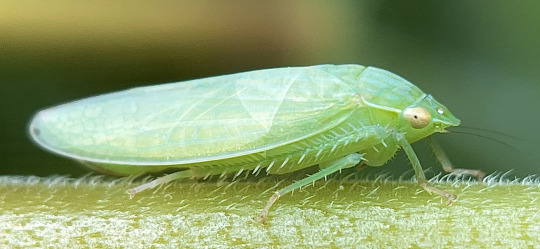
this big, pale leafhopper belongs to genus Gyponana. it’s tricky to get to species ID with these.
Graphocephala are striking little hoppers that eat a variety of native and nonnative plants. G. coccinea is the larger, more boldly colored one and G. versuta is smaller but more common locally. they’ll sit on the tops of leaves but take flight if you get too close quickly.


another group you’re almost guaranteed to encounter are flies (Diptera). these are a very diverse group, so much more than houseflies and mosquitoes (though I did run into both)
where I live, any plant with broad leaves is almost guaranteed to have a few Condylostylus, long-legged flies that come in shades of blue, green, and red. despite their dainty physique, they’re agile predators, typically feeding on other small flies.
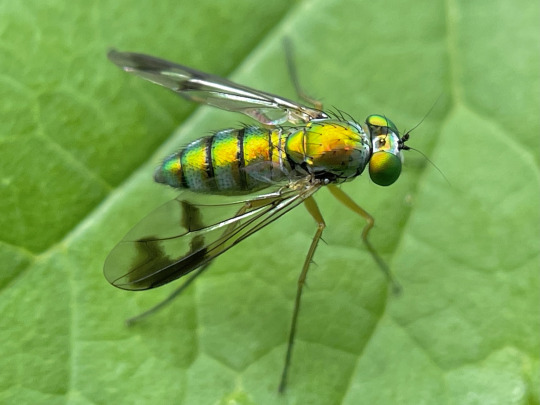
next, a few hoverflies: the ubiquitous Toxomerus geminatus and a Eumerus that I’ve been seeing a lot of this year (but maybe I’ve just noticed them for the first time). syrphids have varied life histories, but most adults drink nectar and many of the larvae are predaceous on aphids.
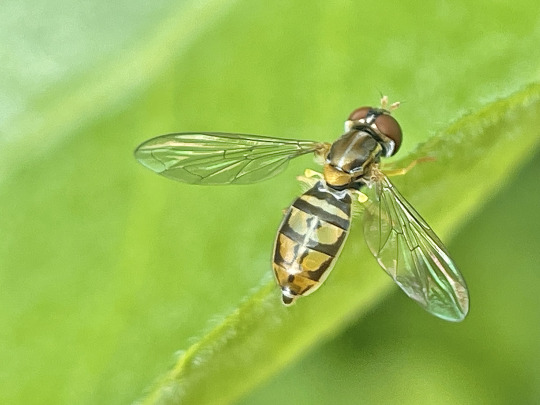

the metallic green soldier fly is Microchrysa flaviventris, nonnative here. Coenosia is a fun example of a “fly that looks like a fly,” with big red eyes and a gray body, and you might think they’re just another dung-sucking pest, but they’re actually aggressive predators! this one seemed to have nabbed itself some sort of nematoceran fly, maybe a fungus gnat.
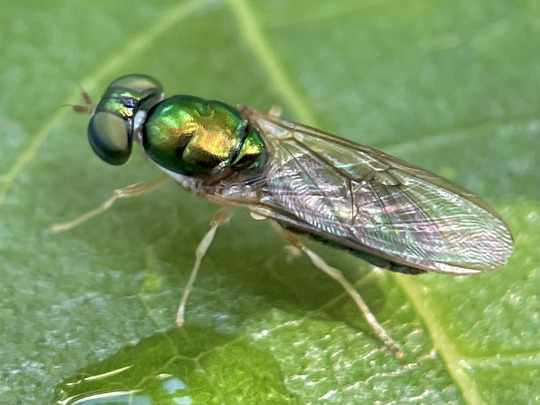

many flies are very tiny, just millimeters long. the first two little fellows are lauxaniids, while the last one, an agromyzid leafminer Cerodontha dorsalis, burrows through grass leaves as a larva.
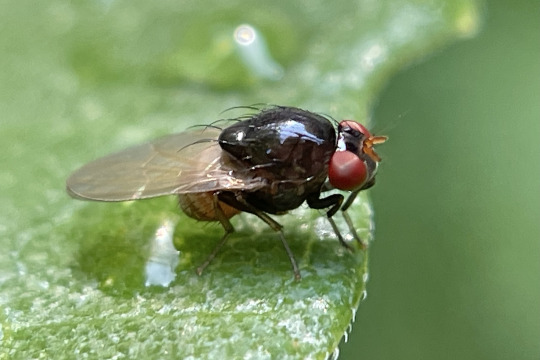
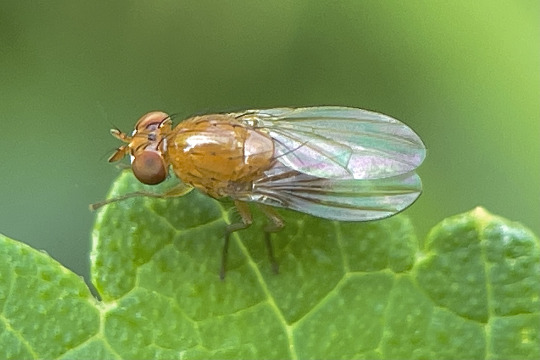

while moths and butterflies (Lepidoptera) are drawn to plants for their flowers or to lay eggs, many small moths can easily be found resting on or under leaves during the day.
these first two are tortricids, many of which are flat, rectangular moths resembling chips of bark or dead leaves. the apple bud moth, Platynota idaeusalis, feeds on a wide variety of hosts, while this beat-up old Argyrotaenia pinatubana would have developed in an edible tube nest of pine needles.


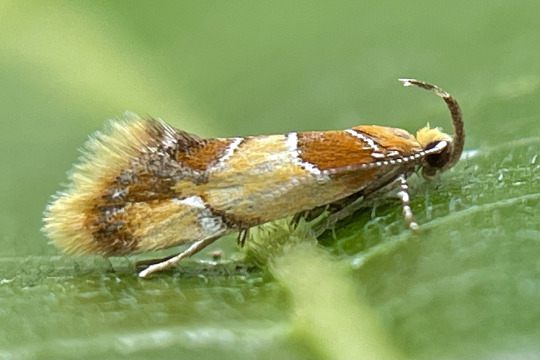

Callima argenticinctella feeds in bark and dead wood (a resource used by more caterpillars than you’d realize!) while the last moth, possibly an Aspilanta, is a leafminer.
although beetles (Coleoptera) are famous for their diversity, I didn’t find too many on the fig. the invasive Oriental beetle Exomala orientalis resting here can be found in a wide range of colors, from this common tan to to deep iridescent black. the other beetle is a Photinus pyralis firefly, sleeping under leaves as fireflies do.


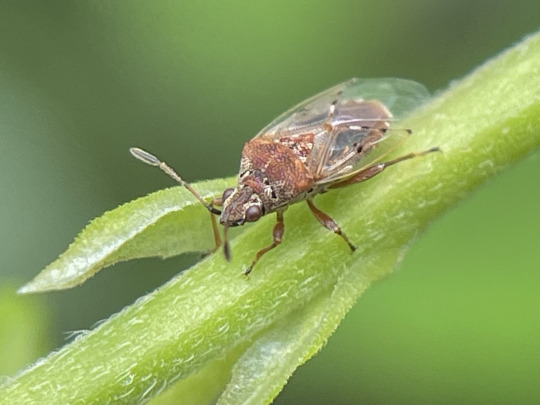
a few spare hemipterans: a Kleidocerys resedae that blew in on a wind, and below, the mulberry whitefly Tetraleurodes mori feeds on its namesake host. as for Hymenoptera, I saw manny tiny parasitic braconid wasps and various ants attracted to the planthoppers’ honeydew excretions—always worth checking underneath roosting hoppers for things having a drink.

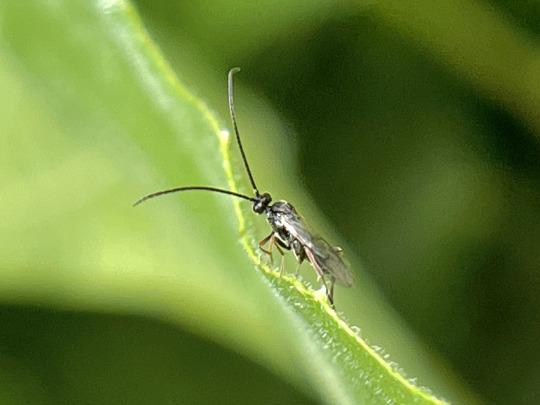
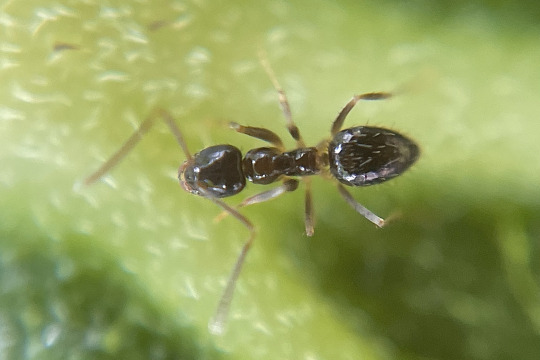

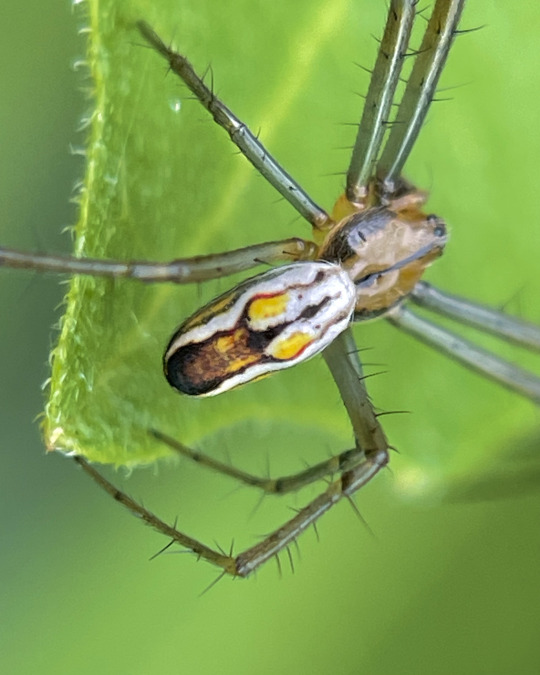
a couple handsome spider boys were scrambling through the fig seeking females, a jumping spider Paraphidippus aurantius and an orbweaver, Mecynogea lemniscata.
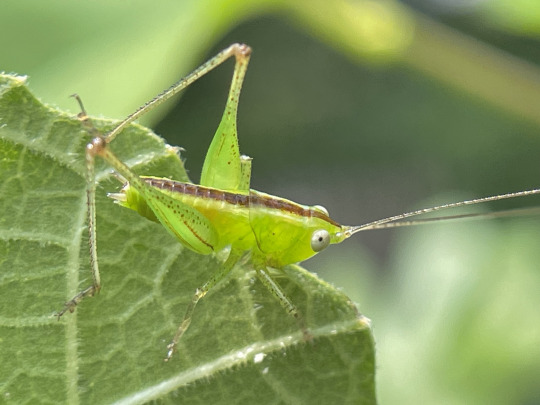
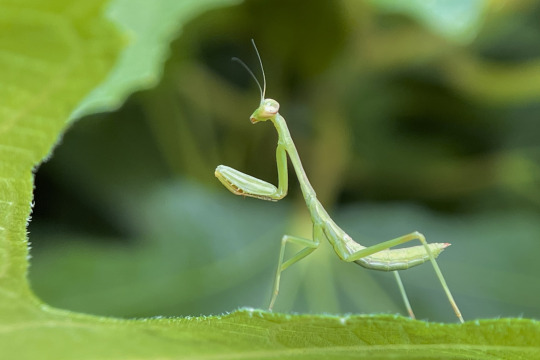
and to round it off, a young Conocephalus meadow katydid and a Carolina mantis, Stagmomantis carolina.
there’s 31 species of arthropod in this post, and I probably saw some 45, not all of which stayed for photos. if you walk slowly and look closely, you can see a sizeable chunk of your local biodiversity in under fifteen minutes! of course this will depend on where you live and what time of year it is, but there’s almost always more cool bugs out there than you’d expect, even on just a single plant.
1K notes
·
View notes
Text
Intro Post <3 | Open? 1.<yes> 2.<no> . . . <yes selected, opening — >



My ( @apexhaven ) romantic selfship / fictional other blog, might have other types of selfships (ie: familial) but they won't go here. Probably. Unless I change this to not just being romantic f/os.
I'm dating Casper aka Grimmy as I'll also call him here among maybe other nicknames, from the game A Date With Death; Mammon from Obey Me!, who I'll also call by nicknames such as Mamm and noodleboy; Affogato Cookie, Black Sapphire Cookie, and Pure Vanilla Cookie, all three from Cookie Run Kingdom; Mystery from KPop Demon Hunters; and debating a few others. Fine with sharing for all unless specifically stated otherwise, I don't see why not when this would apply regardless in that I don't mind the idea of any partner of mine having other partners tbh (usually). Currently Pure Vanilla is probably what I'd consider to be my Main F/O I think? Unsure on sharing for Mystery.
Will prob in terms of relationship refer to Casper as my f/o, boyfriend, and maybe hubby or husband but we aren't married, just dating. I don't like the idea of marriage for myself. (previously just said "I don't like marriage" but that was easy to and had been misunderstood). As for with Mammon, sticking with f/o and boyfriend only feels right for now. Not sure for the cookies but definitely dating as a term plus ofc f/os, probably boyfriends, and with those three I kinda see it as a polyam in my mind. Mystery is f/o, partner, and boyfriend I reckon. Pretty boys >w<
Uh call me whatever you want but for here ig specific name to use can be Aplo / Apollo or any other name you can find for me from my other blogs or make something up I like random nicknames.
Anyone can interact idc but I block freely for whatever reason whether it be comfort or I just don't like someone etc doesn't matter. Also have something like this as a userbox a bit further down.
#apollo reblogs = any and all reblogs from other blogs even if I add comments or it's another of my own blogs (unless I forget to tag them which may happen sometimes)
#apollo rambles = all original posts / non reblogs / reblogs of my own posts on this acc
#apollo chats = inbox posts, if I get anything, will probably be paired with the rambles tag too, may also apply to reblogging asks I've sent to others in relation to things here
some posts of mine or reblogs I consider important below cut, including an ask game I'm currently trying if anyone wants to send me asks for it (please do I like interaction)








decor credits: dividers by enchanthings and dollywons | userboxes by genicpunk, selfship-help, sillyselfshipper, and selfshipuserbox
that one's the ask game ^
#blog intro#pinned post#pinned intro#intro post#introduction#f/o community#fictional other community#selfship#self ship#self shipping#selfship community#selfshipping community#selfshipper#apollo rambles#I reblog this to my other blogs a lot when I edit this cuz I've been editing it a lot actually#a date with death#a date with death casper#adwd#adwd casper#obey me#obey me mammon#obey me nightbringer#crk#cookie run kingdom#affogato cookie#black sapphire cookie#pure vanilla cookie#ambiamorous#mystery saja
55 notes
·
View notes
Text
some alien fellers cause why not

their names
grey- Aplo
party hat- Ody
pride flag- Gemimi
pink space ferret thing- VV

they find random garbage floating in space and be silly. Also they might be in a polycule I dunno

#non fandom things#little alien dudes#they are named after space stuff (forgot where I looked them up oops) but misspelled cause they can't read well#I blame my friend for making me thing of these dudes by adding an alien prompt to our scribble io game like 5 times#uhmm I think that's all uh obligatory if you liked it then reblog it or share it around
71 notes
·
View notes
Text

aplo alla ta leei ola
47 notes
·
View notes
Text

drew this for my friend aplo awhile ago!!!
7 notes
·
View notes
Text

The only one thing that concerned me about Aplo here is their "advice".
Like, how can you expect beginners who JUST started playing pjsekai or rhythm games in general immediately go after ALL PERFECT???
Here's my Advice for beginners as a middle-pro:
*DON'T RUSH ANYTHING!!!!!*
Alright... the thing is, everything is about practice. I wasn't even a good player in the beginning cause pjsekai was kind of my first rhythm game that I played (I remember playing Piano Tiles or smt). I've been playing this game for about 1-2 years already, I managed to FC 120-130 songs on master and only AP 11 songs on master.
In order to get AP songs, you need to get good cards, level up charecters, their masters and Skills, also don't forget about plants and charecters' Items in order to increase their levels. These cards and charecters will help you a lot with gameplay!
2. Next try to find songs that are comfortable for you as a beginner, there's some YouTube videos where you can see songs that are easy for training.
3. Note speed is also very important. Try to play songs in 10-11 Note speed to make notes go a lot better. 10.4? Or 11.2?. It's up to you which is more comfortable for you. I used to play at 10.8 but changed to 11.1 cause of my new phone and makes things go easy for me personally.
4.First I suggest to play songs on Hard mode. That's how I did back then before I decided to play songs on expert. After that, when you're ready, play easy songs in expert. Then play more and more (it obviously takes time but you'll eventually do it). When you finally do songs good in expert, start playing another easy songs on MASTER. Eventually you can do it!
5. Very important note: Remember that these practices obviously make people feel underwhelming and tired. So please remember to TAKE A BREAK when it's needed. And after some nice of a break, you can come back to pjsekai and play songs again.
Here a short guide I could bring to beginners.
Alright goodnight
#I talk#important note#Pjsekai#Proseka#Project sekai#project sekai colorful stage#hatsune miku colorful stage#Pj sekai#Prsk#prsk fa#Pjsk#Rhythm game
25 notes
·
View notes
Text
Nonprofit Software: A Key to Efficient Mission Management
Nonprofit organizations operate in a challenging environment where maximizing impact is essential while keeping administrative costs low. Managing donations, volunteers, events, and operational workflows can be overwhelming without the right tools. Nonprofit software has emerged as a vital solution, tailored to address the specific needs of mission-driven organizations. These tools streamline operations, enhance donor engagement, and ultimately help nonprofits achieve their goals more effectively.
In this article, we’ll explore the types, benefits, and future of nonprofit software, shedding light on how it empowers organizations to thrive in today’s competitive landscape.
What is Nonprofit Software?
Nonprofit software refers to digital tools and platforms specifically designed to help nonprofits manage their operations efficiently. Unlike generic software, nonprofit-specific tools address core needs such as donor relationship management, fundraising, volunteer coordination, grant tracking, and financial reporting. With features tailored to their unique challenges, nonprofits can save time, optimize resources, and focus on their missions.
Types of Nonprofit Software
Donor Management Software Also known as nonprofit CRM (Customer Relationship Management), donor management software helps organizations track donor interactions, manage contributions, and personalize engagement. Tools like Bloomerang, DonorPerfect, and Little Green Light simplify donor retention and make campaigns more effective.
Fundraising Software Platforms like Classy, Givebutter, and Fundly empower nonprofits to create online fundraising campaigns, process donations, and analyze results. Peer-to-peer fundraising, recurring donations, and mobile giving features enhance the donor experience.
Volunteer Management Tools Managing volunteers is essential for many nonprofits. Tools like VolunteerHub and SignUpGenius streamline recruitment, scheduling, and communication, ensuring an organized and engaged volunteer base.
Grant Management Software Grant tracking tools such as Foundant or Submittable help nonprofits identify funding opportunities, submit applications, and manage deadlines and compliance, improving the chances of securing vital grants.
Accounting and Financial Management Software Nonprofits need tools to maintain transparency and manage budgets. Accounting software like QuickBooks for Nonprofits or Aplos ensures accurate reporting, proper fund allocation, and regulatory compliance.
Event Management Software Nonprofits often rely on events to engage supporters and raise funds. Tools like Eventbrite or Cvent simplify event planning, ticketing, and attendee management, creating seamless experiences for donors and participants.
Benefits of Nonprofit Software
Operational Efficiency Nonprofit software automates routine tasks such as data entry, reporting, and communication, allowing staff to focus on mission-critical activities.
Improved Donor Relationships With donor management tools, nonprofits can personalize outreach, track giving history, and maintain strong relationships that increase donor retention.
Transparency and Accountability Financial and grant management tools ensure that nonprofits comply with regulations and demonstrate transparency to stakeholders, boosting credibility.
Better Decision-Making Analytics and reporting features provide valuable insights into campaign performance, donor behavior, and operational efficiency, enabling data-driven decisions.
Scalability As nonprofits grow, software solutions can scale to accommodate larger donor bases, expanded programs, and increasing complexity.
Challenges of Implementing Nonprofit Software
While nonprofit software offers significant benefits, organizations may face challenges, including:
Budget Constraints: Even with nonprofit discounts, advanced tools can strain limited budgets.
Learning Curve: Staff and volunteers may require training to use the software effectively.
Integration Issues: Ensuring new tools work seamlessly with existing systems can be complex.
Data Security: Protecting sensitive donor and organizational data is crucial and requires robust security measures.
Organizations should evaluate their specific needs, select user-friendly tools, and partner with providers offering support and training to overcome these challenges.
Future of Nonprofit Software
The future of nonprofit software lies in innovation and technology integration. Artificial intelligence (AI) is already being used to predict donor behavior, optimize outreach, and analyze trends. Blockchain technology is enhancing transparency in donation tracking, while virtual reality (VR) is creating immersive experiences to engage donors. These advancements will further empower nonprofits to achieve their missions efficiently and effectively.
Conclusion
Nonprofit software is transforming the way mission-driven organizations operate. From donor management and fundraising to financial tracking and volunteer coordination, these tools address the unique challenges nonprofits face. By adopting the right software solutions, organizations can save time, optimize resources, and focus on what truly matters—making a difference in the world.
As technology continues to evolve, nonprofit software will remain a cornerstone of effective mission management, helping organizations thrive in a rapidly changing environment. For nonprofits seeking to maximize their impact, investing in the right software is not just an option—it’s a necessity.
3 notes
·
View notes
Note
Apolo jsutic
aplo juice
3 notes
·
View notes
Text

where I live, there’s a community of planthoppers that eat the same variety of hostplants, and can be found all drinking sap together in little mixed groups. here’s four of the most common ones:
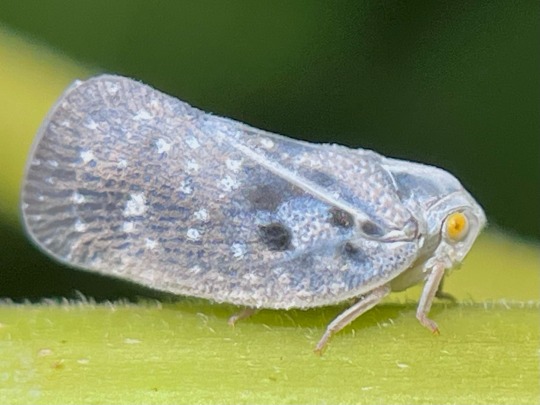
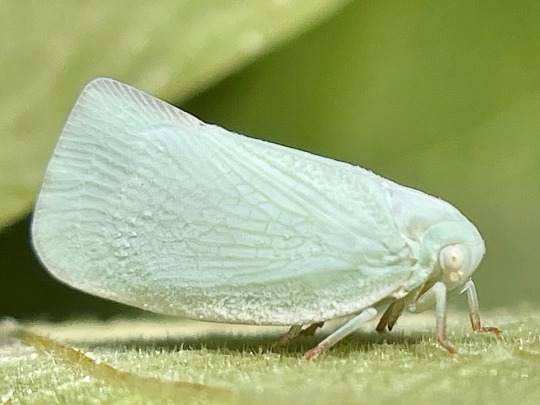
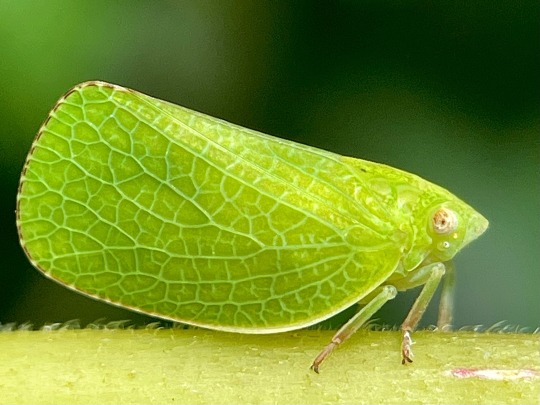

Metcalfa pruinosa, Flatormenis proxima (Flatidae), Acanalonia conica (Acanaloniidae), Aplos simplex (Issidae). they belong to three related but distinct taxonomic families, so have fairly similar habits and anatomy.
my favorite thing about them, though, is their transformation from nymph to adult! try to guess who’s who from these kids:

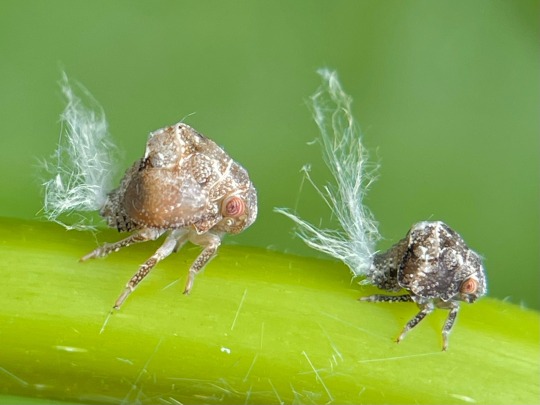
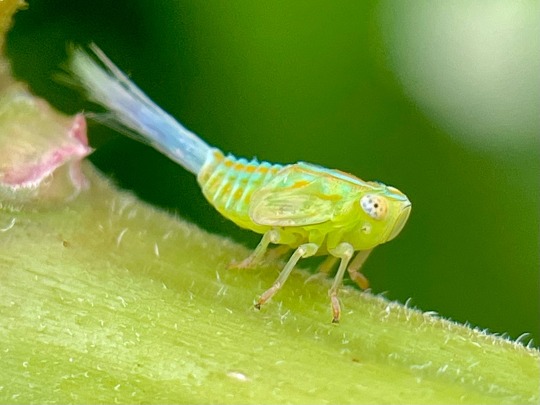

1K notes
·
View notes
Text
Bookkeeping for Nonprofits: How a Virtual Assistant Can Ensure Compliance

Nonprofits operate with unique financial requirements, including strict compliance with regulations, donor tracking, and transparent reporting. Managing these responsibilities can be overwhelming without the right support. A Bookkeeping Virtual Assistant (VA) can help nonprofits stay organized, ensure compliance, and maintain accurate financial records.
The Importance of Bookkeeping in Nonprofits
Unlike for-profit businesses, nonprofits must manage funds responsibly and maintain transparency to comply with legal and tax regulations. Proper bookkeeping ensures:
Accurate tracking of donations, grants, and expenditures
Compliance with IRS and state regulations
Preparation for audits and financial reports
Proper allocation of restricted and unrestricted funds
How a Bookkeeping VA Helps Nonprofits Stay Compliant
1. Accurate Financial Record-Keeping
A VA ensures all financial transactions are accurately recorded, categorized, and reconciled. This helps maintain clear records for audits and financial reporting.
2. Tracking Donations & Grant Funds
Nonprofits receive funding from various sources, such as individual donations, grants, and sponsorships. A VA tracks these contributions and ensures proper documentation to meet donor expectations and legal requirements.
3. Preparing Financial Reports
Nonprofits must regularly submit reports to donors, boards, and government agencies. A VA can generate key financial reports, such as:
Profit & loss statements
Balance sheets
Grant spending reports
4. Managing Accounts Payable & Receivable
A VA ensures timely payments to vendors, tracks outstanding invoices, and follows up on donor pledges, reducing financial discrepancies.
5. Budget Management Assistance
A VA helps nonprofits track budgets, compare expenses to funding, and prevent overspending, ensuring the organization remains financially sustainable.
6. Ensuring Tax Compliance & Filing Support
Nonprofits are required to file IRS Form 990 to maintain tax-exempt status. A bookkeeping VA helps prepare necessary financial records, ensuring accurate and timely filing.
7. Expense Categorization & Grant Compliance
A VA organizes expenses according to program-specific funding rules, preventing misallocation of funds and ensuring compliance with grant requirements.
Best Accounting Tools for Nonprofit Bookkeeping
A VA can work with specialized accounting tools to enhance efficiency, including:
QuickBooks for Nonprofits – Great for managing donations and expenses
Xero – Cloud-based accounting with budget tracking
Aplos – Designed specifically for nonprofit fund accounting
Wave Accounting – A free solution for small nonprofits
Why Hire a Bookkeeping VA for Your Nonprofit?
Reduces administrative burden so teams can focus on the mission
Improves accuracy in financial reporting
Ensures legal and tax compliance
Enhances donor transparency with clear fund tracking
Cost-effective alternative to hiring an in-house bookkeeper
Final Thoughts
Accurate bookkeeping is essential for the success. A Bookkeeping Virtual Assistant provides the expertise needed to manage finances, maintain compliance, and ensure transparency. By outsourcing bookkeeping tasks, nonprofits can focus on their core mission while maintaining financial integrity.
0 notes
Text
0 notes
Text
To programma einai aplo:
Paw sxoleio (eimai daskala), gyrizw, klaiw, trww, diavazw, paw se 2h douleia, gyrizw, trww, klaiw, diavazw. Koimamai.
1 note
·
View note
